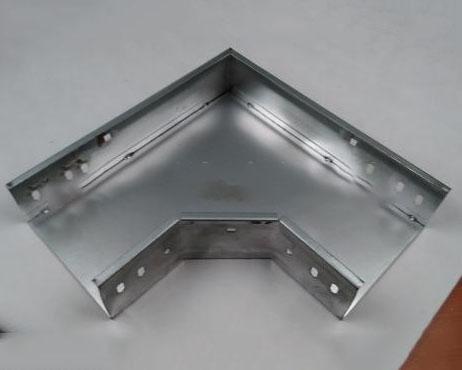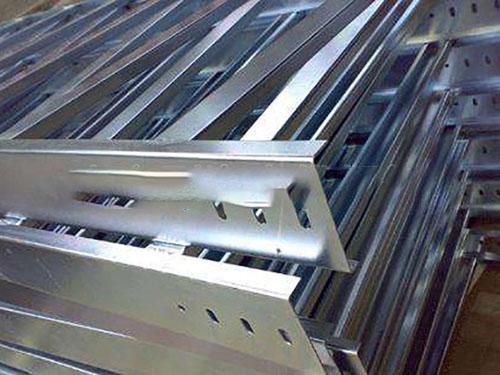1、 Trough type large-span cable tray: If following the trough type large-span cable tray, it is recommended to move from outdoors to inside the building, and the slope of the tray towards the outside should not be less than one percent.
2、 Distance: Cable trays must be at least two meters above the ground, and the distance from the top of the tray to the ceiling or other obstacles must not be less than three centimeters. The cross-sectional filling rate inside the tray must not exceed 50%, and the width of the tray must not be less than one centimeter.

3、 When drawing: When drawing the cable tray route on a parallel diagram, it is necessary to clearly mark the elevation, coordinates, and size of the cable tray's lifting points, starting points, branching points, ending points, and turning points. Assuming that a cable tray laying axonometric diagram can be drawn, the material can be more accurately counted.
4、 When laying in parallel: Assuming that two sets of cable trays need to be laid in parallel at the same height, the net distance between them cannot be less than 0.6 meters.
5、 Cable tray support points: elevations, spacing, specifications, installation methods, and models of structures, columns, non-standard brackets, and support arms must be explained on the plane. Of course, different detailed drawings, slope diagrams, or single line diagrams can also be marked in sections.
6、 Setting up the ceiling: When setting up the ceiling, the opening of the slot cover must maintain a vertical clearance of 80 millimeters, and the utilization rate of the cable tray section cannot exceed half.
7、 Cable laying method and location: Generally speaking, for a large number of cable trays, vertical laying racks or vertical bending plates can be used for laying down. Only a small number of cable trays can be laid down using conduits or guide plates, and it is sufficient to indicate the laying method.
8、 Laying internal cables: If the internal cables of the cable tray are laid vertically, a tray bracket needs to be fixed at the upper end of the cable and every 1.5 meters. If it is laid horizontally, it needs to be fixed every three to five meters at the turning, beginning, and end of the cable.

9、 Clear distance: In case of crossing between electrical equipment and cable trays, the clear distance between them cannot be less than 0.5 millimeters.
10、 Cable laying on the cable tray: If the cable is laid on the cable tray, it can be left unbound, and the cable inside the tray should be as straight as possible without crossing. And the cable cannot overflow from the cable tray, and it must be fixed and tied at the entry and exit of the cable tray and the turning points.

 Your message must be between 20-3,000 characters!
Your message must be between 20-3,000 characters! Please check your E-mail!
Please check your E-mail!  Your message must be between 20-3,000 characters!
Your message must be between 20-3,000 characters! Please check your E-mail!
Please check your E-mail! 


